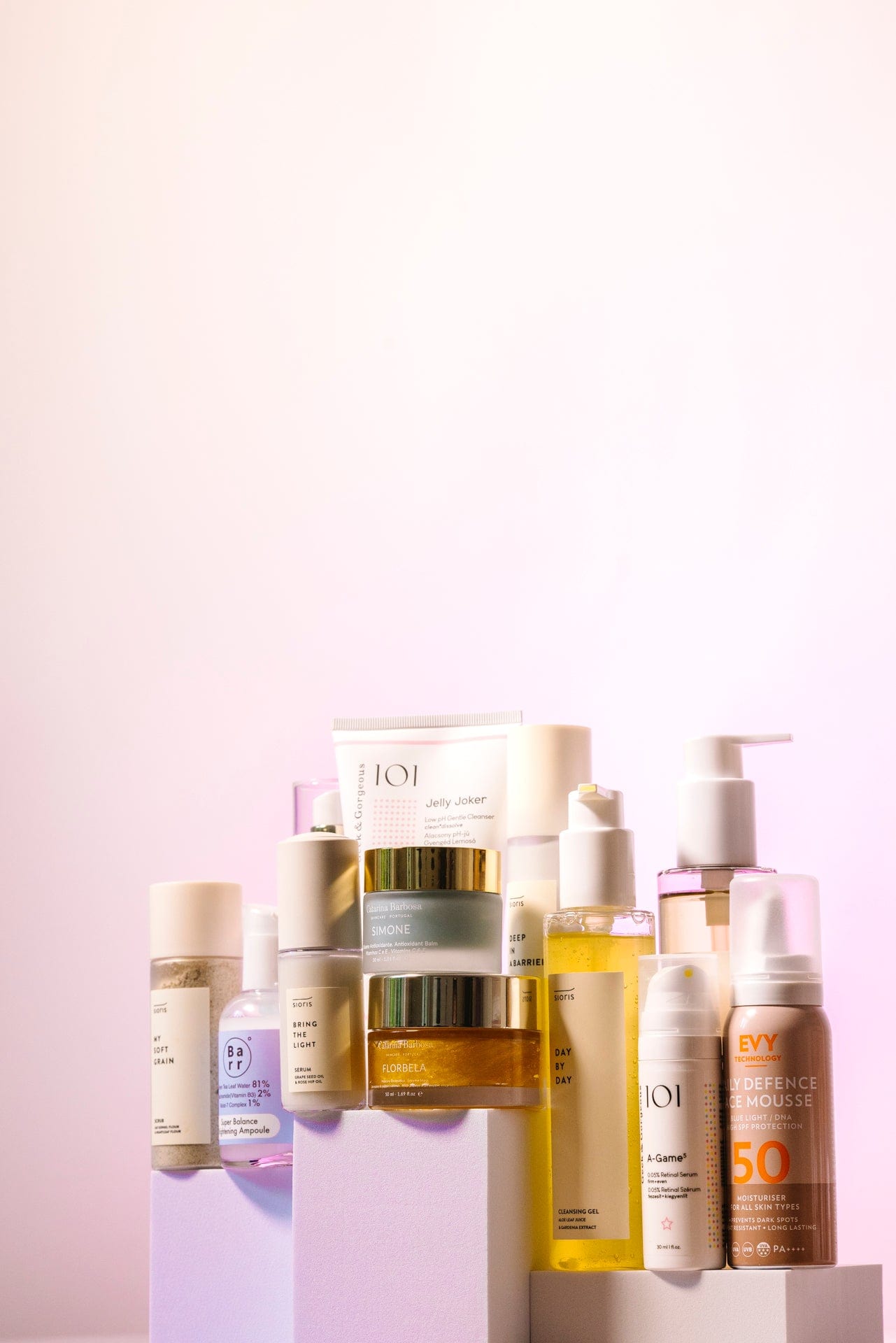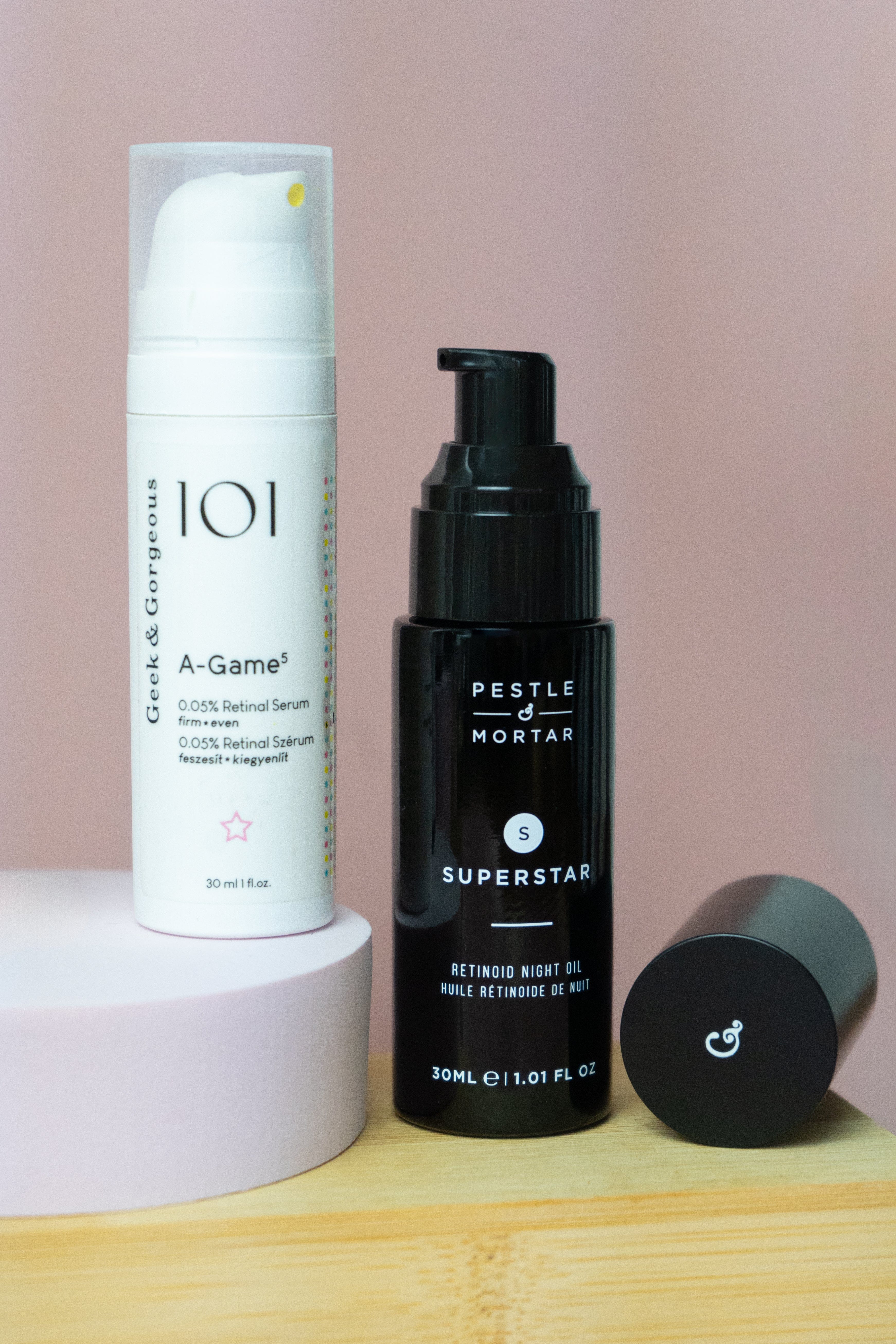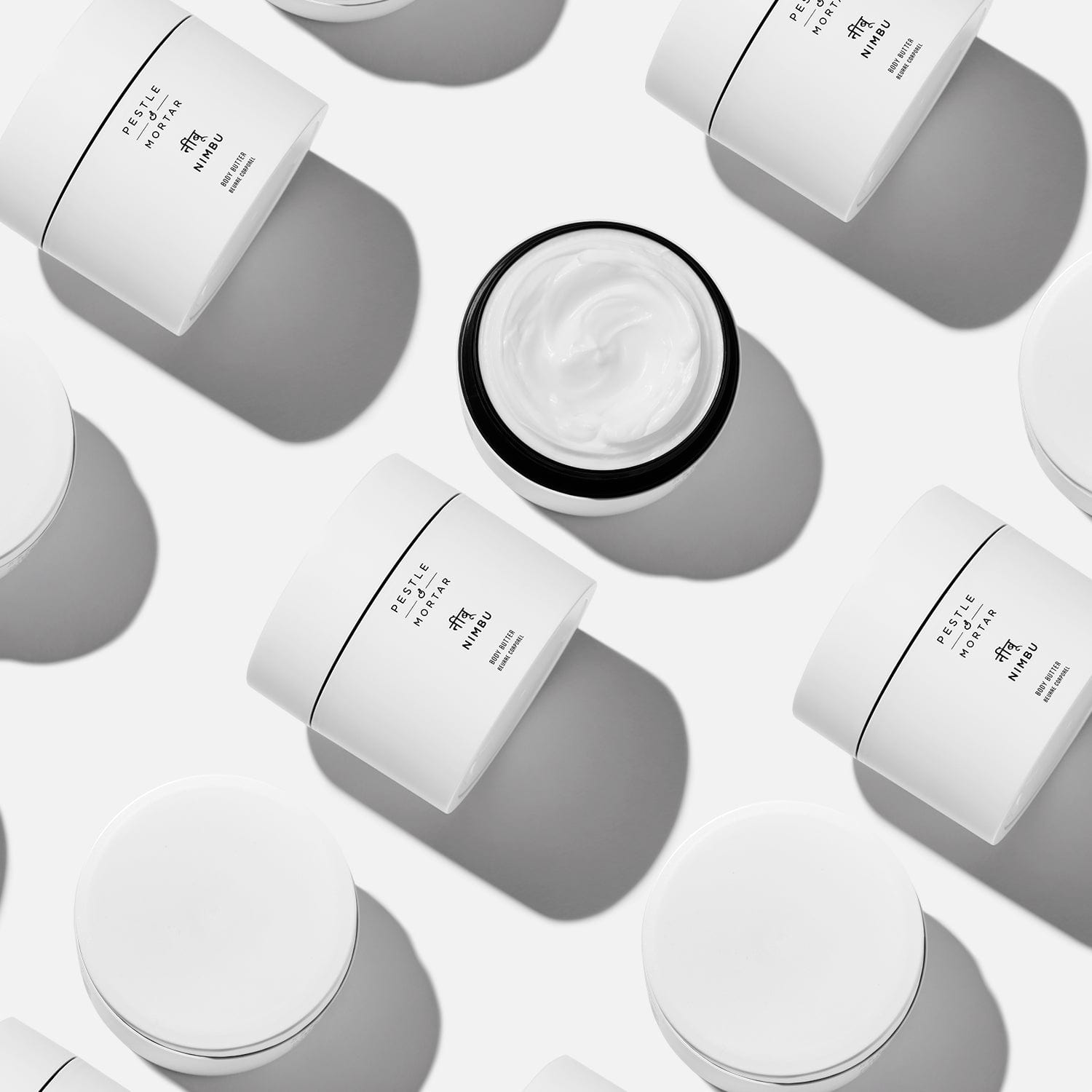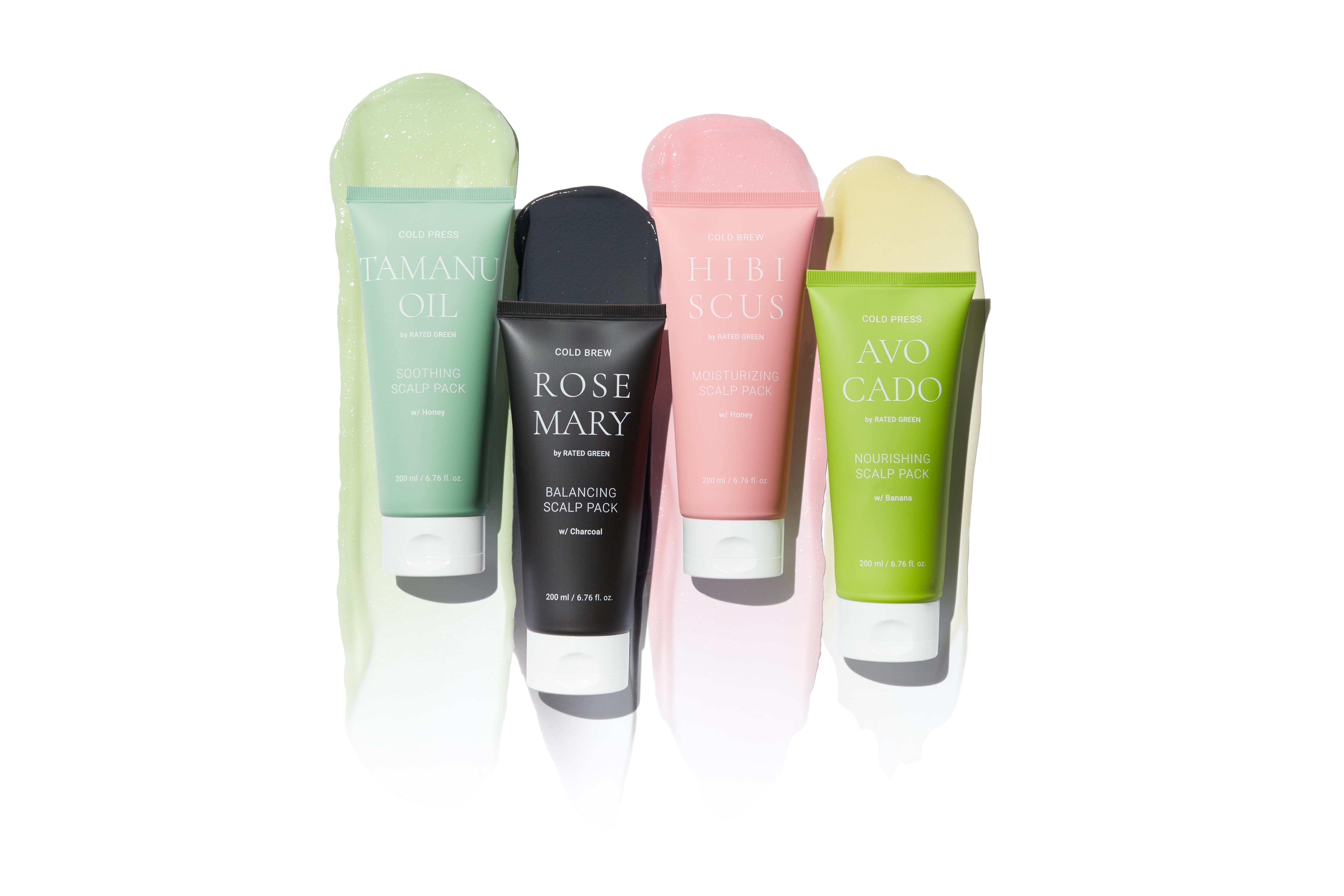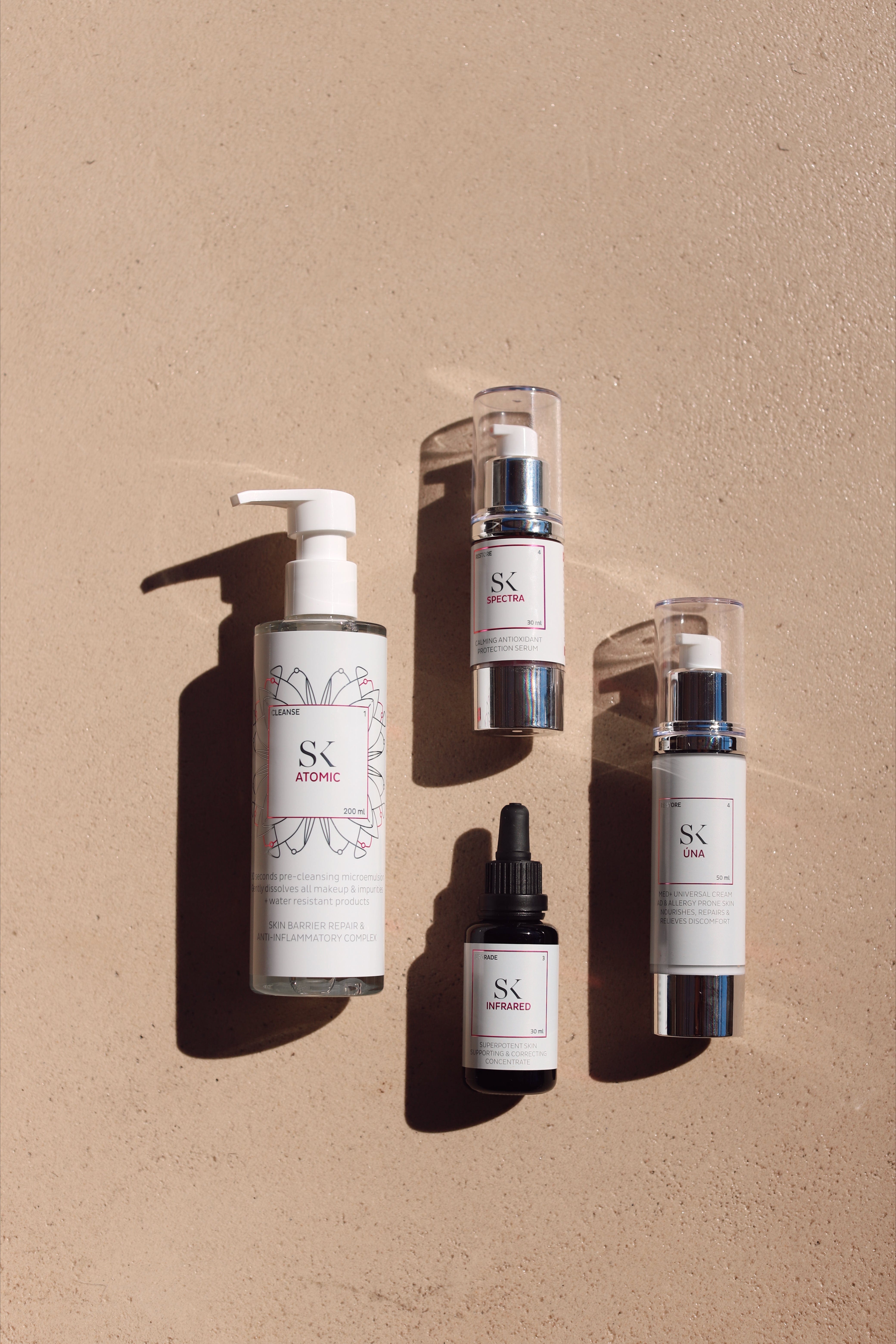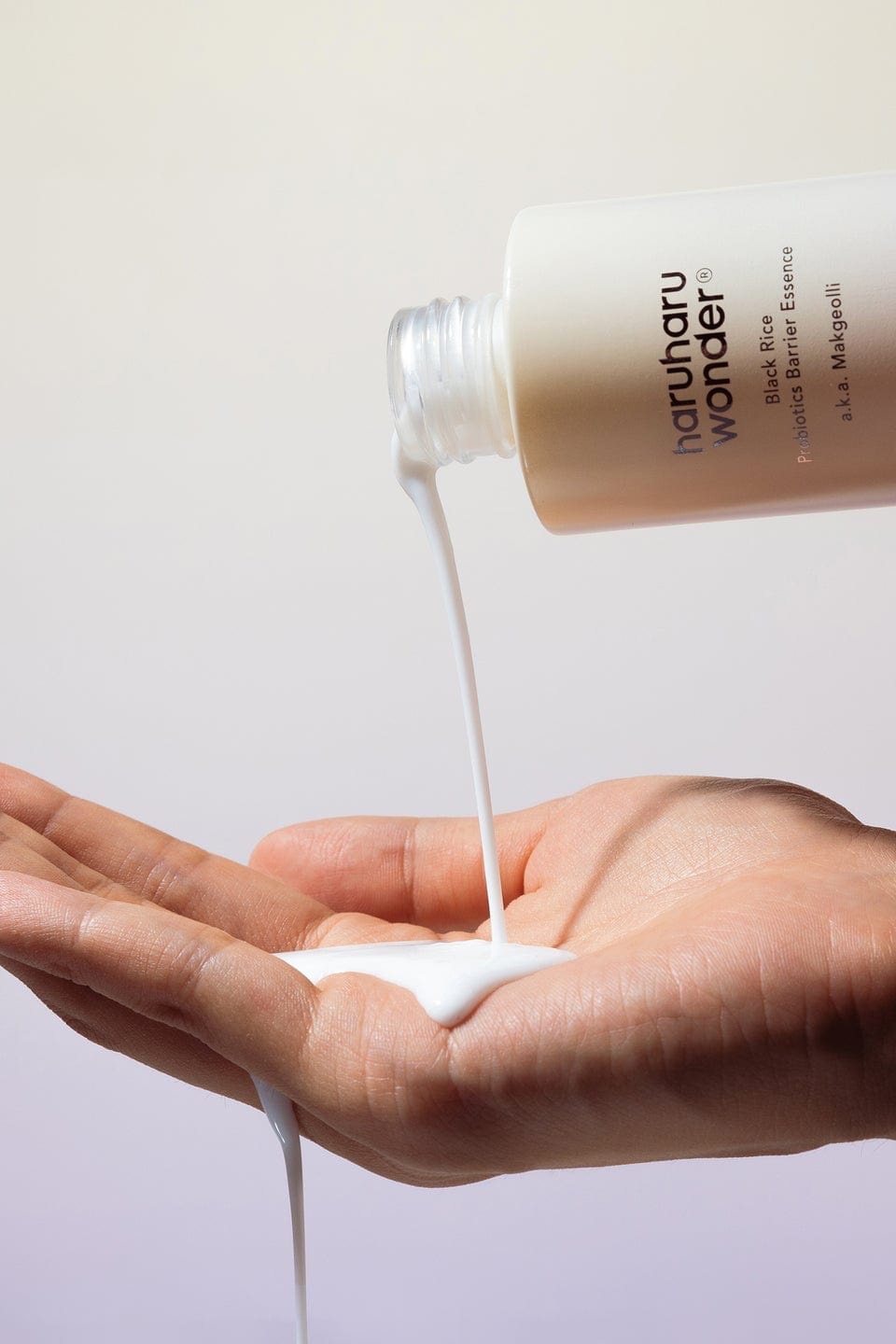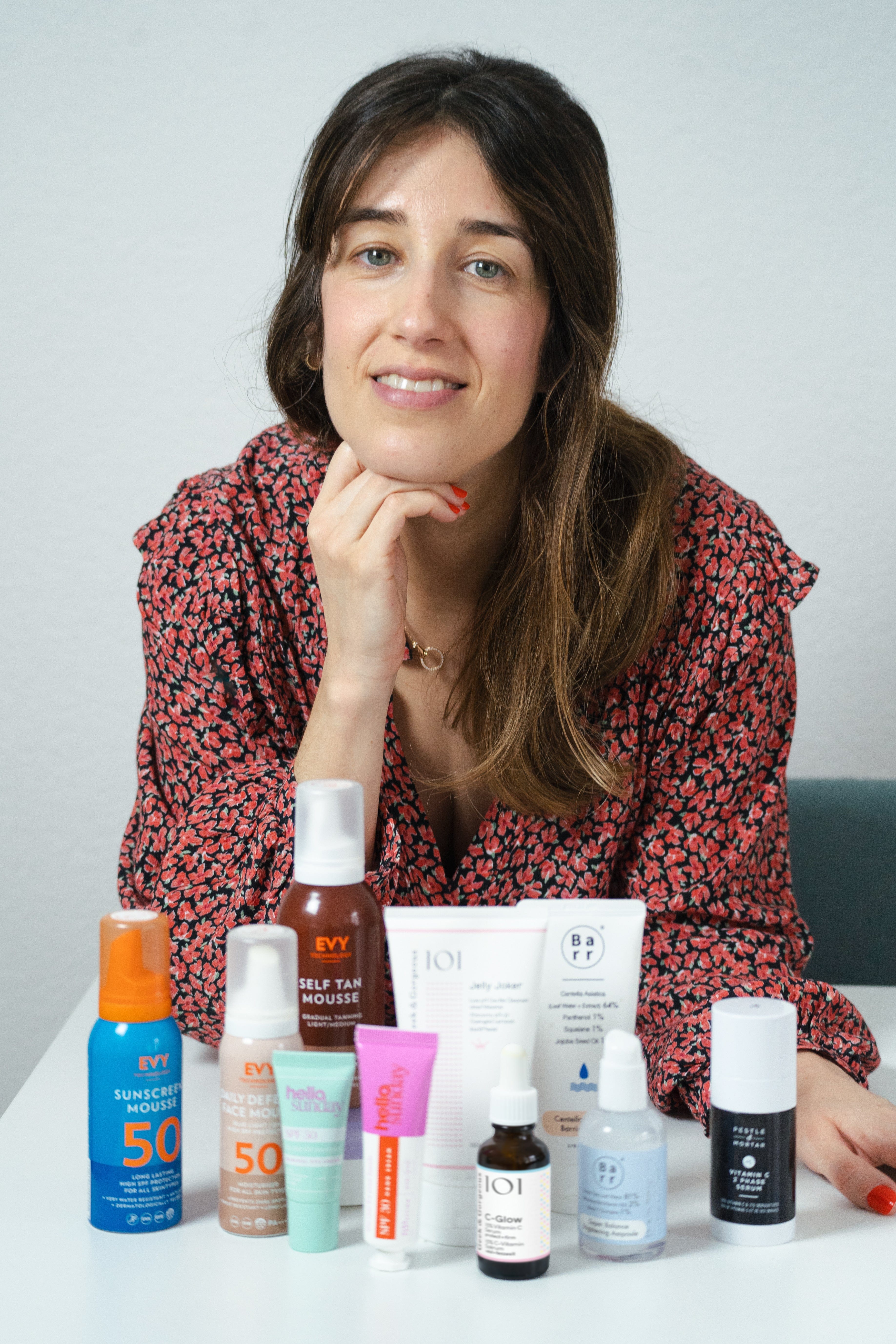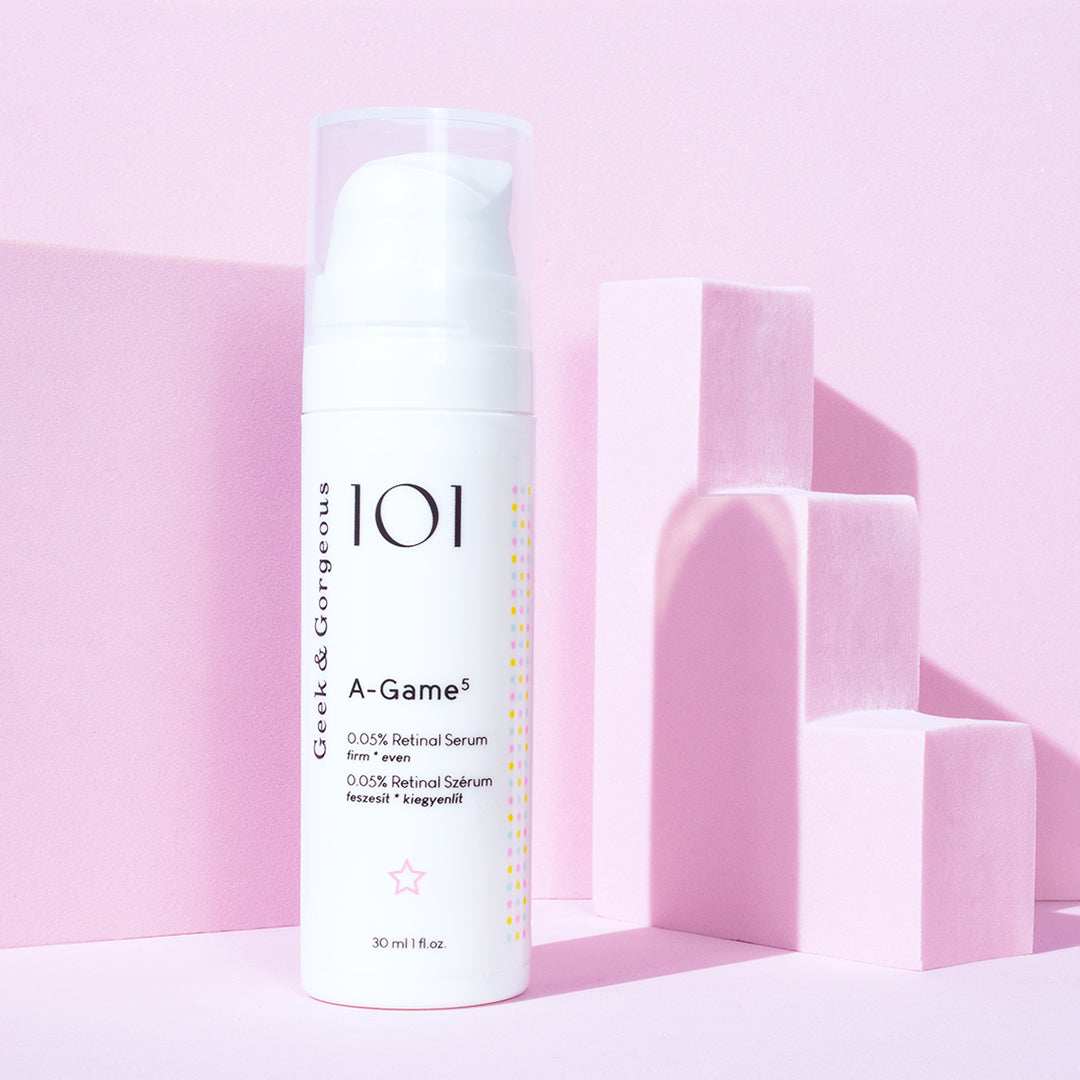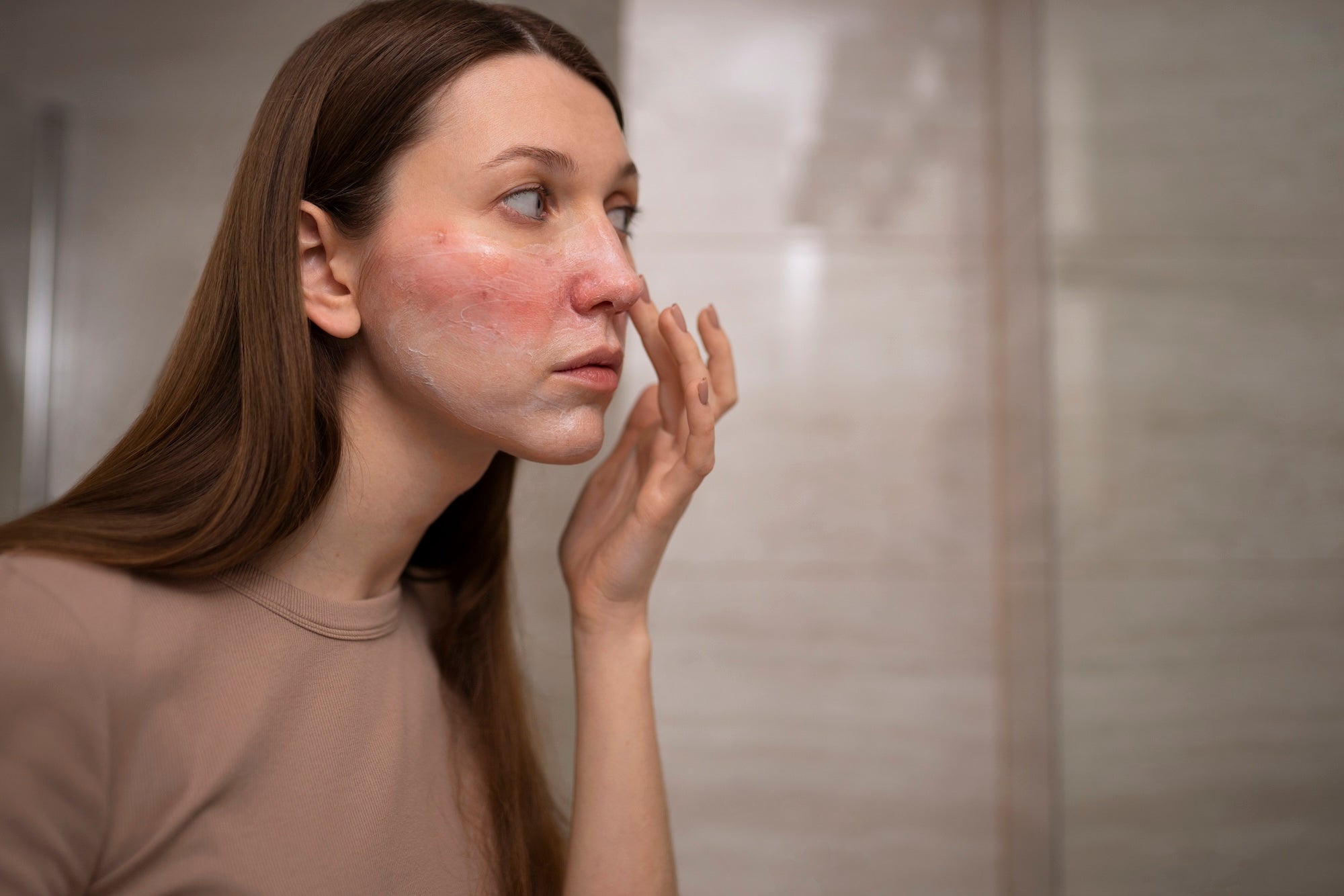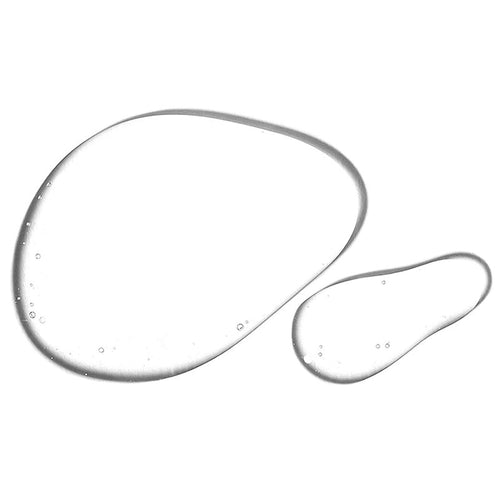If there is one ingredient that is mandatory in a smart aging routine, it is the famous Retinol. By searching for it, chances are you’ve come also across the term "retinoids" used interchangeably with "Retinol". Confusing, right? There are key differences between the two and understanding that can help you choose the right product for your skin’s needs. Let's break it down!
What are Retinoids?


What is Retinol?
Retinol is a retinoid and the most studied, best known and therefore most used ingredient in anti-aging cosmetic products. In terms of action, Retinol needs to be converted by your skin into Retinaldehyde and then into Retinoic Acid, the active form of Vitamin A. This explains why it it is gentler than Tretintoin, a Retinoid Acid prescription-strength medicine.
Retinol ➜ Retinaldehyde ➜ Retinoic Acid
Retinol can be found in different formulations, coming in a form of serum, cream and even in eye cream. The options are endless.

Key Differences Between Retinol and Retinoids
- Strength: Retinoids, especially Tretinoin and Adapelene, are stronger and deliver faster results, but also more irritating.
- Not all are cosmetics: While Retinol is available without a prescription, in cosmetics, Tretinoin is a prescription drug.
- Efficacy: The prescription strength Retinoids deliver faster results but also cause more irritation. With Retinol takes 2-3 months to see results, offering a gentler introduction to vitamin A.
Which One Is the Best for You?
If you’re just initiating Retinoids or have sensitive skin, Hydroxypnacolone Retinoate (HPR) is a great option to ease your skin into the world of vitamin A. HPR has greater efficacy but also greater tolerance than Retinol and does not require any conversion. It can be found in Pestle & Mortar Superstar Retinoid Night Oil.
If your skin is more resilient or you want to step up on the game of Retinoids, a serum with RetinAl can be a great alternative to Retinol. It presents better tolerance and high efficacy. A-Game 5 from Geek & Gorgeous is a beloved one. You can also find higher strengths in our Retinal collection.
Tips on how to use Retinol and Retinoids
- Start slow and low: Start with a low strength and apply once or twice a week. If well tolerated, gradually increase.
- Always wear sunscreen: Not only on the next day but everyday! Retinol and retinoids can make your skin more sensitive to the sun.
- Moisturizing and pairing: Follow your retinoid product with a good moisturizer to minimize dryness and irritation. Pair with Niacinamide to also build up some tolerance.
Both retinol and retinoids can transform your skin, but it’s essential to pick the right one for your needs and use it correctly. HOWEVER, no matter retinoid is the best for you, one thing should be remembered: Retinoids are not recommended during pregnancy and breastfeeding due to the link to malformations. In case of doubt, please always advise with your doctor.
Looking to incorporate retinoids into your routine?
Check out our skincare consultation service that helps to tailor the perfect routine for you!

